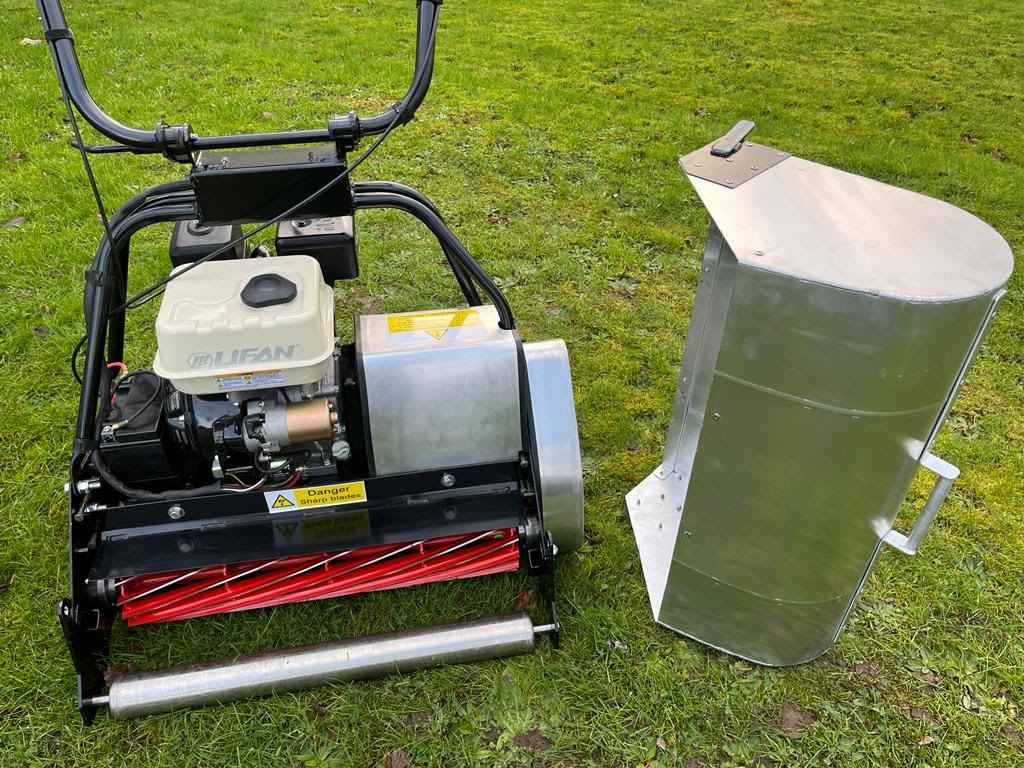Rolling
|
I am often asked whether it is advisable to roll croquet lawns so here is a technical
note published by the Sports Turf Research Institute. It relates to golf greens but is equally applicable to croquet lawns.I don't agree totally with the advice. If you are rolling to get rid of bumps, it is best to do it when the soil is soft enough to move. I have had no adverse reaction from doing this on my lawn. Rolling of golf greens has come and gone out of fashion over the last 30 years due to fears of increased compaction and loss of turf vigour as a result of the operation. Research over the past 15 years has helped to alleviate some of these fears, with results finding that rolling with modern lightweight rollers can be carried out up to two to three times per week on native soil greens and five times per week on sand-based USGA greens without any detriment to turf vigour or soil bulk density. That said rolling should only be carried out when conditions are conducive, i.e. firm and dry, but never when wet. Rolling is found to greatly improve the ball roll qualities on golf greens through injecting additional pace and also improves the smoothness and trueness of ball roll. As a consequence, it is widely used for tournament preparation to help polish the surfaces. It can also be a useful operation in settling surfaces down following renovations and helping to work top dressing into the turf canopy. Rolling also allows for occasional mowing operations to be missed without negatively impacting on ball roll qualities which therefore reduces the stress placed on the sward from mowing pressures. It is a good idea to aerate after rolling if possible. Using a mower with a trailing seat has the advantage that you roll every time you mow which will help to maintain a smooth surface. I used a 5-tonne road roller on my lawn here in Norfolk to great effect and the rolled areas are just as healthy as the unrolled areas. |
|


